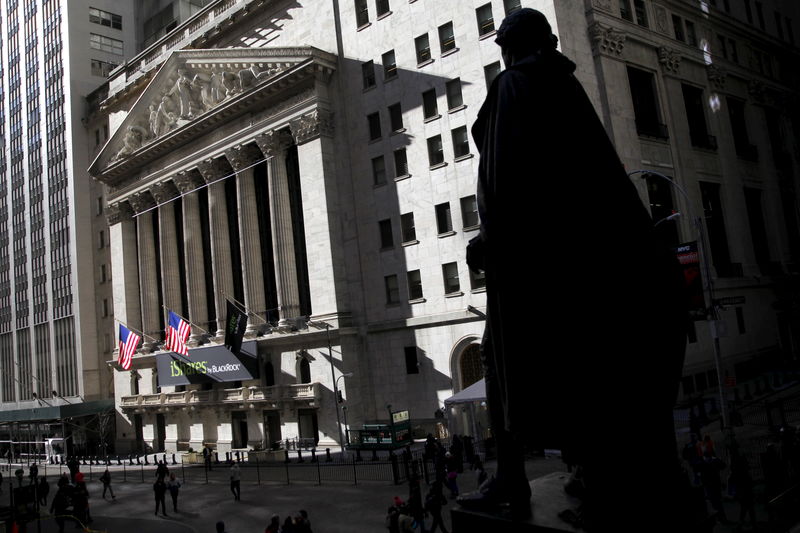Verizon to cut 15,000 jobs amid growing competition pressures - WSJ
Investing.com - The Federal Reserve moving slowly on potential interest rate cuts and signs of stress in overnight funding markets present the largest risks to equity markets in the near-term, according to analysts at Morgan Stanley.
In a note, the analysts said they have been "encouraged" by the rate at which sales are exceeding expectations during the latest corporate earnings season.
They added that the per-share income growth rate across the Russell 3000, which strives to be a benchmark for the entire U.S. stock market, is 11% so far in the third quarter -- the fastest pace since 2021.
"We think this is an underappreciated story and see this trend continuing into 2026, driving a broadening in earnings contribution across major and secondary indices," the analysts including Michael Wilson and Andrew Pauker wrote. "As usual, stocks have figured this out ahead of the consensus forecaster."
The sales and earnings figures supported their call that a new cycle and bull market for stocks began in April, following a swoon in equities in the wake of U.S. President Donald Trump’s announcement of sweeping tariffs, the analysts said. Gauges of stock market breadth, or how many names are participating in broader index moves, are also "improving," but the tariffs could still increase input costs in some sectors in the months ahead, they flagged.
Meanwhile, there is uncertainty around the path of Fed interest rate policy, potentially clouding wagers that a weakening labor market and pressure for aggressive rate reductions from the White House may lead to more accommodative policy over the next six to twelve months, the analysts said.
An ongoing U.S. government shutdown has left Fed policymakers without data normally used to calibrate rates for more than a month, a fact that has contributed to a muddled outlook for borrowing costs over the rest of 2025. Following a 25-basis point drawdown in rates last week, Fed Chair Jerome Powell has suggested that officials could become more cautious when approaching further cuts should it face a dearth of job and inflation reports.
The shutdown could continue this week, depriving markets of the latest nonfarm payrolls report, an all-important gauge of employment in the world’s largest economy that is typically released on the first Friday of every month. A tracker of job openings and labor turnover is also set to be postponed.
A move by the Fed to end its drive to diminish its holdings of Treasuries and mortgage-backed securities, a process known as quantitiative tightening, appeared to be later than some investors had anticipated, the analysts also said.
Declining reserves of liquidity in the banking system are "worth watching" considering the impact they could have on funding markets heading into the end of the year, they added.
Following a multi-year reduction in the Fed’s balance sheet after a glut of buying during the pandemic pushed its holdings up to a peak of almost $9 trillion in 2022, the liquidity needed to keep the gears of the market churning has begun to show indications of drying up.
The impact of this dynamic became clear in short-term money markets last month, when banks and others were briefly on the hunt for more cash than there was available to lend. Overnight interest rates rose as a result, at one point surpassing the Fed’s target range.
